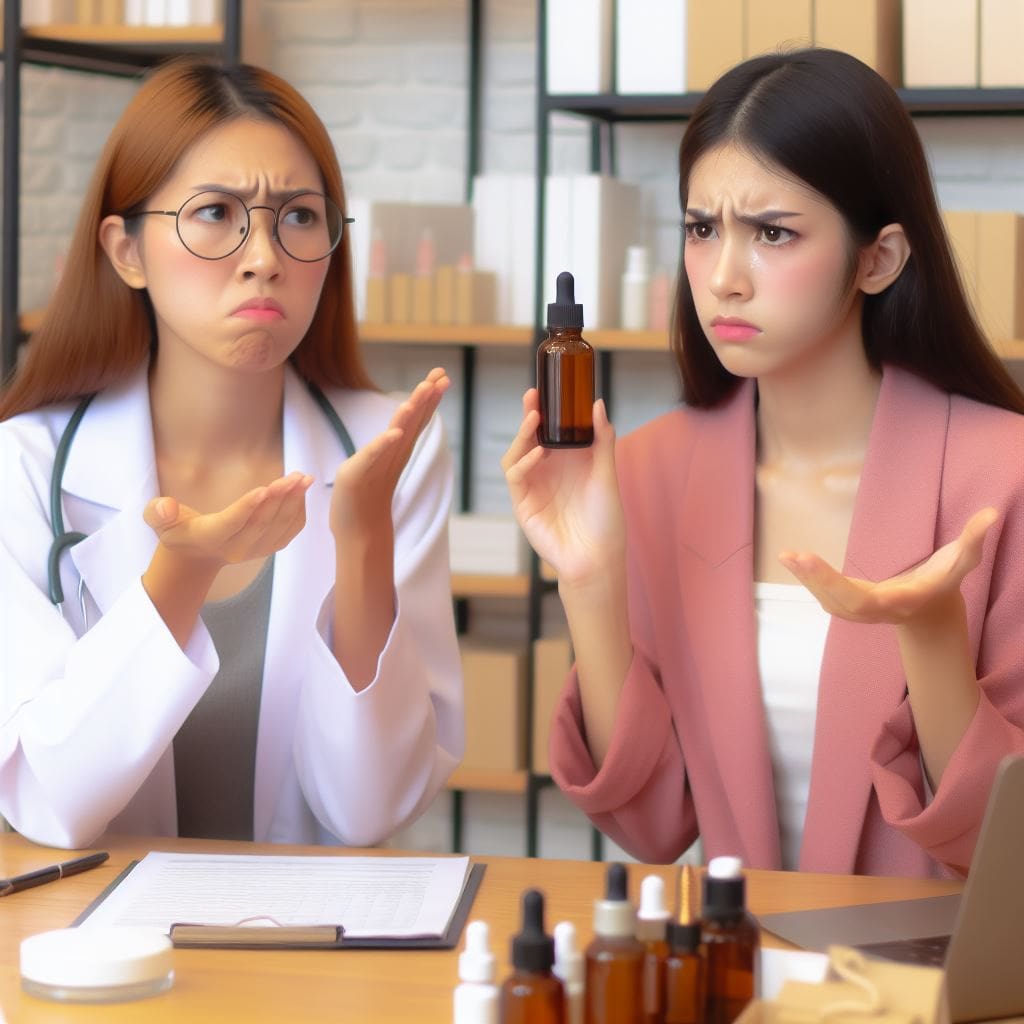Cost of Poor Quality (COPQ) is the financial loss incurred by a cosmetic company due to providing poor-quality products or services to customers.
Identify genuine Caryophy makeup remover
Health Canada seizes recalled beauty products from Calgary warehouse
1. Internal and External COPQ
- Internal COPQ: Costs associated with defects found before the customer receives the product, such as:
+ Scrap: The cost of raw materials and packaging that must be discarded due to defects.
+ Rework: The cost of labor and materials required to repair defective products.
+ Warranty claims: The cost of repairing or replacing defective products that have already been sold to customers.
- External COPQ: Costs associated with defects found after the customer receives the product, such as:
+ Product recalls: The cost of removing defective products from the market.
+ Lost sales: The revenue lost due to customers refusing to purchase products from a company with a reputation for poor quality.
+ Brand damage: The cost of repairing a company’s reputation if it is damaged by poor-quality products.

2. How COPQ Can Affect a Cosmetic Company
COPQ can have a significant impact on a cosmetic company’s bottom line. In addition to the direct costs listed above, COPQ can also lead to indirect costs such as:
Increased customer churn: Customers are more likely to leave a company if they are unhappy with the quality of its products.
Decreased employee morale: Employees may be less motivated to work for a company with a reputation for poor quality.
Increased regulatory scrutiny: Cosmetic companies that experience frequent product recalls or other quality problems may be subject to increased scrutiny from regulatory agencies.
In short, COPQ can have a devastating impact on a cosmetic company’s financial performance, reputation, and customer base.
3. How to Reduce COPQ
There are a number of things that cosmetic companies can do to reduce COPQ, such as:
Implementing and maintaining a robust quality management system: This system should include procedures for preventing, detecting, and correcting defects at all stages of the production process.
Conducting regular quality audits: These audits should help to identify and address any potential quality problems before they lead to defects.
Investing in employee training: Employees should be properly trained on quality control procedures and the importance of producing high-quality products.
Using high-quality materials and packaging: This will help to reduce the risk of defects occurring in the first place.
Monitoring customer feedback: Cosmetic companies should monitor customer feedback closely and use it to identify and address any quality problems that are being reported.
By taking these steps, cosmetic companies can significantly reduce their COPQ and improve their bottom line.
By : Ravinder Saini
